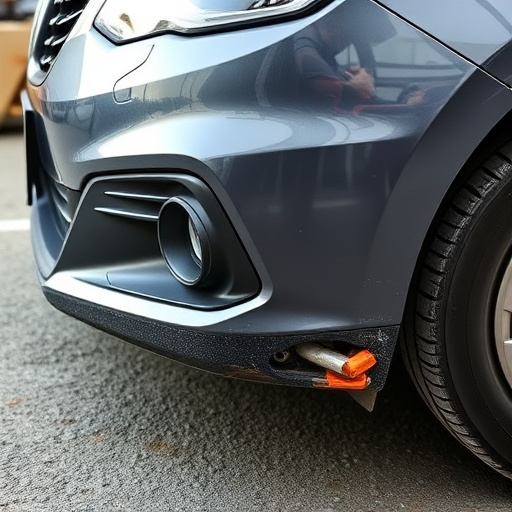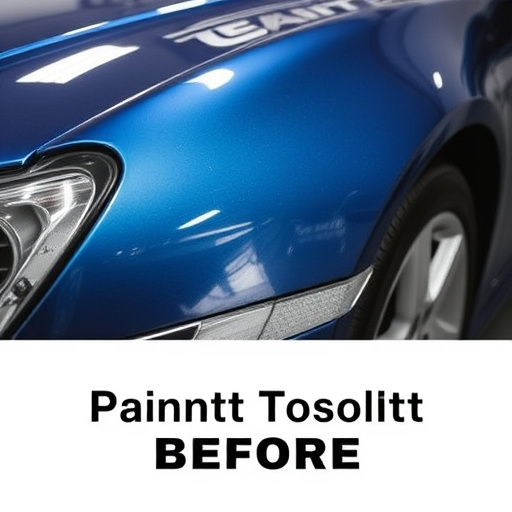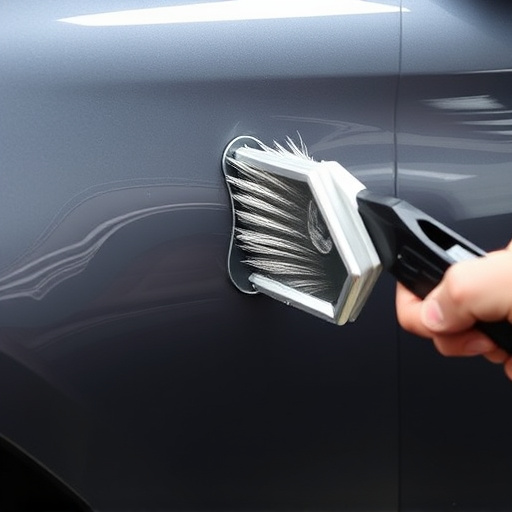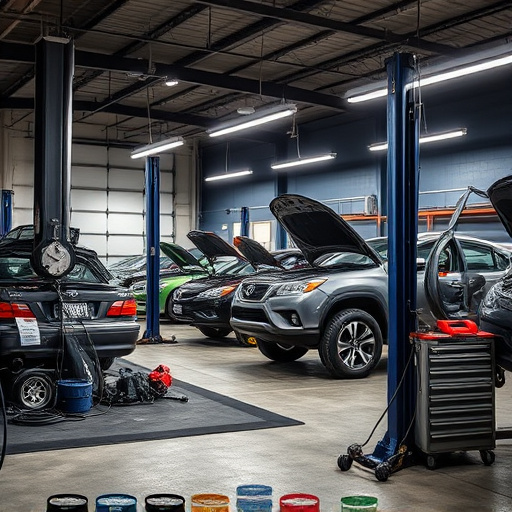Aluminum body components are transforming the automotive industry with their superior strength-to-weight ratio, corrosion resistance, and thermal conductivity, enabling enhanced crash safety, improved fuel efficiency, and innovative design. With lightweighting contributing up to 40% in weight reduction, aluminum-based vehicles offer better handling and lower emissions. Future trends include hybrid materials and advanced repair technologies that will maintain structural integrity during collisions, further boosting overall vehicle safety.
Aluminum body components have emerged as a game-changer in automotive design, offering superior crash safety without compromising weight. This article delves into the multifaceted benefits of integrating aluminum into vehicle structures. We explore its unique mechanical properties, enhanced by advanced manufacturing techniques, and its pivotal role in achieving better impact resistance. Through case studies and industry insights, we uncover how aluminum body components are shaping future vehicle designs, setting new standards in safety and efficiency.
- Understanding Aluminum Body Components: Properties and Advantages
- The Role of Aluminum in Crash Safety: Mechanical Properties and Testing
- Impact on Vehicle Design and Future Trends: Case Studies and Innovations
Understanding Aluminum Body Components: Properties and Advantages

Aluminum body components have revolutionized the automotive industry due to their exceptional properties. This lightweight metal offers excellent strength-to-weight ratio, making it a top choice for vehicle manufacturers aiming to enhance crash safety and fuel efficiency. Its superior corrosion resistance ensures longevity, even under harsh environmental conditions.
Aluminum’s versatility allows for intricate design possibilities. It can be easily formed, molded, and joined, facilitating the creation of complex auto body structures. This material’s high thermal conductivity contributes to efficient heat management in modern cars, while its non-toxic nature makes it an eco-friendly option, especially when considering car restoration or auto maintenance projects. Moreover, aluminum body components often require less energy to produce compared to traditional materials, aligning with the global push for sustainable practices in the automotive sector and beyond auto body painting processes.
The Role of Aluminum in Crash Safety: Mechanical Properties and Testing

Aluminum has established itself as a significant material in the automotive industry for its remarkable mechanical properties, which play a pivotal role in enhancing crash safety. Its lightweight nature is a key advantage; reducing a vehicle’s overall mass can significantly improve fuel efficiency and handling, but it also offers crucial benefits during collisions. Aluminum body components are designed to absorb and distribute impact energy, thereby decreasing the force experienced by occupants.
Testing procedures for aluminum alloys in automotive applications are stringent, ensuring they meet rigorous safety standards. These tests involve subjecting materials to various load scenarios, simulating real-world collision conditions. Through such assessments, manufacturers can predict how aluminum body parts will perform during an auto collision, enabling them to make informed design choices and ensure the structural integrity of vehicles, ultimately enhancing the safety of those inside and contributing to a more robust auto repair and detailing process at specialized centers.
Impact on Vehicle Design and Future Trends: Case Studies and Innovations
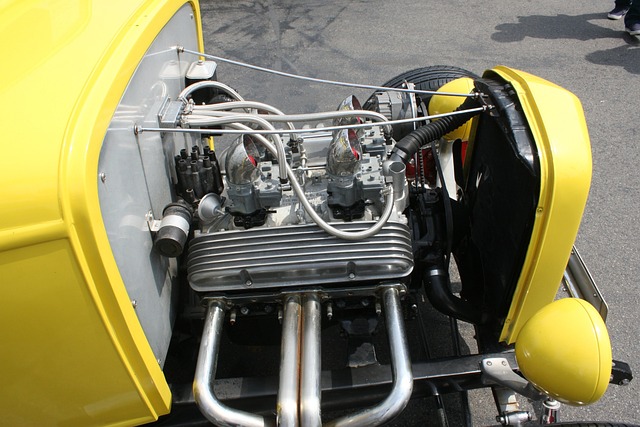
The integration of aluminum body components has significantly reshaped vehicle design, enabling manufacturers to create lighter, stronger, and more fuel-efficient cars. This shift has allowed for innovative structural configurations, enhancing crash safety without compromising on aesthetics or performance. Case studies demonstrate that aluminum can reduce a vehicle’s weight by up to 40%, improving handling and reducing emissions. As the auto industry continues to evolve, we’ll likely see even more sophisticated aluminum alloys and advanced joining techniques.
Future trends point towards hybrid materials, combining aluminum with other high-strength metals or composite materials to further boost safety and performance. These advancements are not just about aesthetics; they directly translate into improved safety standards for passengers and pedestrians alike. Innovations in auto glass repair, car repair services, and body shop services will also play a pivotal role in ensuring that these lighter structures remain intact during collisions, thereby enhancing overall crash safety.
Aluminum body components have emerged as a game-changer in vehicle design, offering enhanced crash safety without compromising weight. Their superior mechanical properties, coupled with advanced testing methods, ensure robust performance during collisions. As demonstrated by various case studies, the integration of aluminum has revolutionized vehicle structures, leading to safer and more fuel-efficient cars. With continuous innovations on the horizon, the future looks bright for aluminum body components, promising further improvements in both safety and sustainability.




